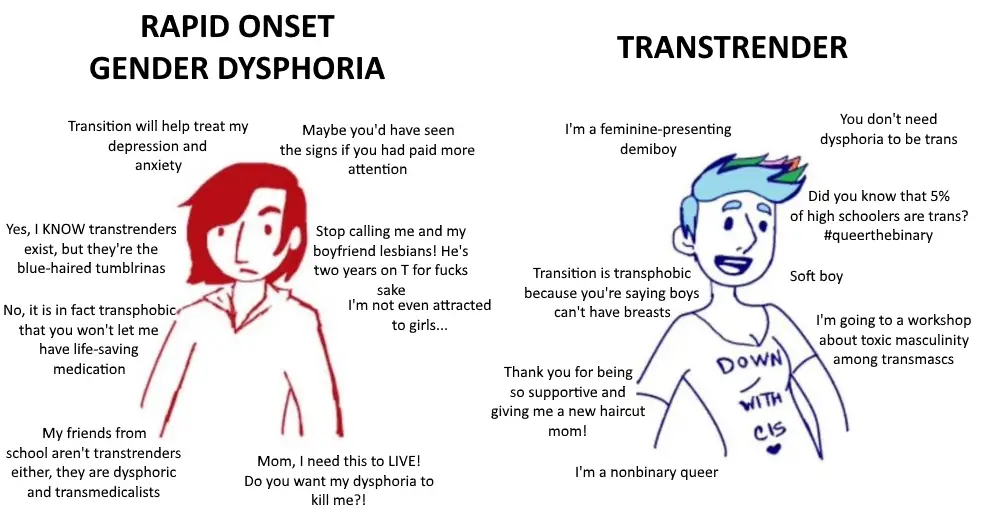Gender dysphoria is a complex and often misunderstood condition. It is a real and important issue that affects many individuals. This article aims to provide a comprehensive overview of gender dysphoria, including its definition, causes, symptoms, treatment options, and the resilience and strength of individuals with gender dysphoria. It will also provide readers with information about how to get involved in supporting the rights of individuals with gender dysphoria.
What is Gender Dysphoria?
Gender dysphoria is the psychological distress that results from an incongruence between one’s gender identity and one’s assigned sex at birth. Gender identity is a person’s internal sense of being male, female, neither, or somewhere along the gender spectrum. Assigned sex is the gender that is assigned to a person at birth based on their physical sex characteristics.
Is Gender Dysphoria Recognized in Medical Literature?
Yes, gender dysphoria is recognized in the Diagnostic and Statistical Manual of Mental Disorders, Fifth Edition (DSM-5), which is a critical guide used by healthcare professionals for diagnosing mental conditions. It was also listed in the earlier DSM-IV, though the understanding and terminology have evolved over time.

Can Gender Dysphoria Be Self-Diagnosed?
While self-awareness is crucial in identifying feelings of gender incongruence, a formal diagnosis of gender dysphoria typically requires assessment by qualified mental health professionals. This is important for accessing appropriate care and support.
Causes and Onset of Gender Dysphoria
The exact causes of gender dysphoria are not fully understood. It is believed to be a complex interplay of genetic, hormonal, and environmental factors. Gender dysphoria can manifest at any age, but it often starts in childhood or adolescence.
Types of Gender Dysphoria
There is a spectrum of gender dysphoria experiences. Some individuals may experience mild distress, while others may experience severe distress. Some individuals may feel comfortable identifying with their assigned sex at birth, while others may feel more comfortable identifying with a different gender.

Resilience and Strength of Individuals with Gender Dysphoria
Despite the challenges they face, individuals with gender dysphoria are often incredibly resilient and strong. They often face discrimination and prejudice, but they are often able to overcome these challenges and live happy and fulfilling lives.
Call to Action
If you are interested in getting involved in supporting the rights of individuals with gender dysphoria, there are many ways to do so. You can volunteer with relevant organizations, donate to charities, or simply speak out against discrimination.
Conclusion
Gender dysphoria is a real and important issue that affects many individuals. It is important to understand and empathize with individuals with gender dysphoria. As society’s understanding of gender identity continues to evolve, it is hoped that individuals with gender dysphoria will face less stigma and more acceptance, leading to better mental health outcomes and a higher quality of life.